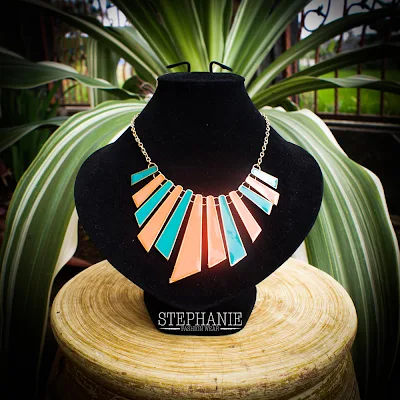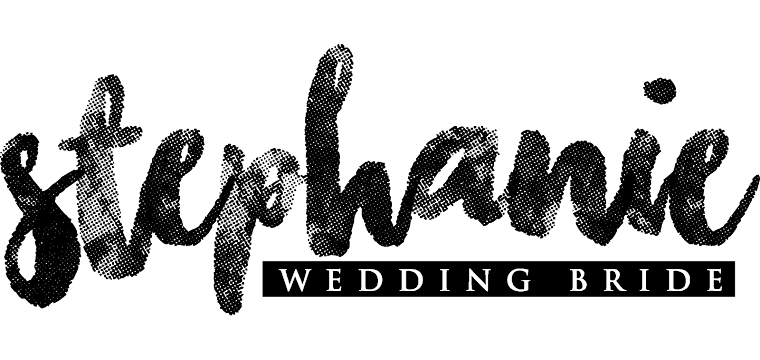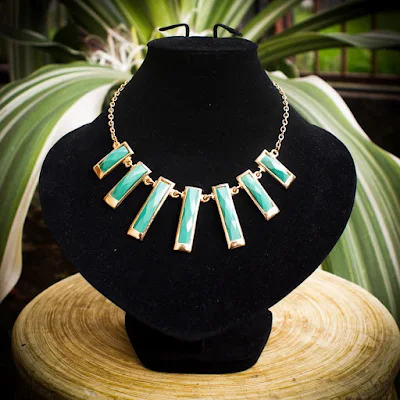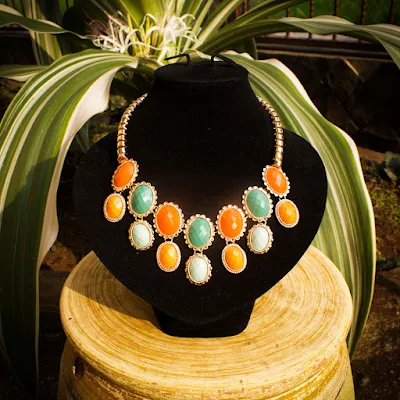 |
| Stephanie Jewelry |
 |
| Korean Fashion |
Sold Out :(
How to buy Vintage clothing: A beginner's guide.
For serious fashion fans, vintage shopping can be one of life’s greatest joys. Often all about the thrill of the hunt, there are few things as satisfying as unearthing a truly incredible piece (or five) from another era. However, learning how to buy vintage clothing can also be tricky and, frankly, overwhelming.
What’s the difference between real-deal vintage garments and simply used clothing? What pieces are worth shelling out for if you’re new to buying pre-owned? To answer these questions and more, we enlisted Doris Raymond, who has been buying and selling vintage clothing for over 30 years at her Los Angeles store, The Way We Wore, a veritable mecca for rare finds such as museum-quality beaded gowns, 1950s Pucci blouses, Chanel suits, and Hermes jackets.
As the go-to spot for discerning lovers of vintage fashion, it’s no surprise that Doris’s store was given its own reality show—”L.A. Frock Stars”—which airs on the Smithsonian Channel. The show features visits from some of the entertainment industry’s biggest names, such as Dita Von Teese. We also see Rihanna’s stylist seeking items for the singer’s Grammy Awards ensemble, and Raymond pulling potential items for Lady Gaga to wear on tour.
Even if you’re not in the market for a high-end pre-owned piece, Raymond insists that everyone’s closet could use a few vintage goodies to add that special something to an otherwise ordinary wardrobe. Here, the professional fashion forager offers insider tips on how to effectively score killer vintage finds.
Firstly: Know the difference between vintage and thrift
What is it that sets vintage clothing apart from simply used items? Raymond explains: “You can find great vintage items in thrift stores, but you shouldn’t find obvious thrift items in a vintage store. Vintage denotes something special—that an item has stood the test of time and has proven to remain relevant for any number of reasons—timelessness of style, [quality], historical or cultural significance or interesting provenance.”
If you’re a neophyte when it comes to vintage hunting, it’s worth seeking out something timeless to start. “A good first piece of vintage for the newly initiated is something basic and classic,” says Raymond. “Perhaps a 1950s beaded cardigan or a 1960s little black dress. Make it something you can wear over and over again that won’t lose its luster right away.”
Often with vintage, it’s not the size but the undergarments that truly make a piece fit correctly. “Sizing standards have changed through the decades, but not as much as ladies undergarments have,” says Raymond. “Every era of the 20th century has a distinct silhouette that required specific shape-shifting garments—from corsets to girdles to bullet bras and beyond.” This means a specific vintage garment might not look the same today without a specific undergarment, so its worth noting that before you buy.
“Typically the easiest eras to shop would be the ones closest to now. There would naturally be more of an abundance to choose from,” Raymond says. “The easiest eras to fit into a contemporary wardrobe would be the those eras from the latter half of the 20th century (1960s on). Items from before that might be considered too costume-y if not incorporated well into your personal style.”
A quality vintage garment or accessory can cost as much as current couture (ahem, vintage Chanel) so why would someone choose a pre-owned item over something brand new? Because it’s probably made better. “A general rule of thumb, especially for higher-end designer pieces, is that the older the piece the higher the quality,” Raymond explains. “There is usually more handwork, more attention to detail and a tendency for durability that you don’t see much any more in contemporary fashion.” Not to mention that—with a vintage designer item—you likely won’t spot any other gal on the street carrying that same bag or wearing that same jacket.
That said, Raymond warns against splurging without doing a good deal of research first. “I wouldn’t recommend investing a great deal of money on anything you might buy on a whim. Learn how to spot condition issues, what eras work for you and how collectable an item is before you jump in,” Raymond advises. “Vintage fashion as an investment is best left to the truly educated. It’s important to know how to recognize and identify the signs that may make an item valuable and collectable. You should be well versed on couture, designers and detail.” To better educate yourself, talk to people who run various local high-end vintage stores or seek out local vintage dealers.
If you fall in love with something that doesn’t quite fit, remember that vintage items can always be nipped and tucked to make them perfect for you. “Don’t be afraid to invest a little bit of money to have it properly tailored to your body. If you invest $25 [or] $30 in having the cuffs shortened or the waist slightly taken in so that it’s not puffy, it can make the difference of looking frumpy to looking like it’s tailor-made,” says Raymond.
You may fall in love with a beautiful printed garment or a beaded dress, but check to see if the fabric is in good condition. “I always like to really look at and touch the clothing, to make sure it still has life in it. Vintage pieces often get brittle and dry and shatter. There’s nothing more heartbreaking than investing some money in something and having it fall apart on you.” If a garment looks like it’s cracking, pulling, falling apart, or fading, it’s probably wise to leave it.
We’re all guilty of letting our clothes hang around in those pesky dry cleaning bags, but Raymond says it can be especially harmful to vintage pieces. “Never store your things in plastic—ever! Because plastic, if you think about it, doesn’t allow a garment to breathe. So if any moisture exists in the air, or let’s say you take a shower and your closet is next to your bathroom, the moisture accumulates and can cause deterioration or even mildew.”
A few interesting things to keep in mind: Signs that a garment was manufactured before the mid-’60s are metal zippers, side-snap closures, saw-toothed edges (often known as pinked seams), and union labels printed in blue.
Start with a classic
If you’re a neophyte when it comes to vintage hunting, it’s worth seeking out something timeless to start. “A good first piece of vintage for the newly initiated is something basic and classic,” says Raymond. “Perhaps a 1950s beaded cardigan or a 1960s little black dress. Make it something you can wear over and over again that won’t lose its luster right away.”
It’s not size that matters, but undergarments
Often with vintage, it’s not the size but the undergarments that truly make a piece fit correctly. “Sizing standards have changed through the decades, but not as much as ladies undergarments have,” says Raymond. “Every era of the 20th century has a distinct silhouette that required specific shape-shifting garments—from corsets to girdles to bullet bras and beyond.” This means a specific vintage garment might not look the same today without a specific undergarment, so its worth noting that before you buy.
Know your eras
“Typically the easiest eras to shop would be the ones closest to now. There would naturally be more of an abundance to choose from,” Raymond says. “The easiest eras to fit into a contemporary wardrobe would be the those eras from the latter half of the 20th century (1960s on). Items from before that might be considered too costume-y if not incorporated well into your personal style.”
Why buy vintage vs. new
A quality vintage garment or accessory can cost as much as current couture (ahem, vintage Chanel) so why would someone choose a pre-owned item over something brand new? Because it’s probably made better. “A general rule of thumb, especially for higher-end designer pieces, is that the older the piece the higher the quality,” Raymond explains. “There is usually more handwork, more attention to detail and a tendency for durability that you don’t see much any more in contemporary fashion.” Not to mention that—with a vintage designer item—you likely won’t spot any other gal on the street carrying that same bag or wearing that same jacket.
Do your research if you’re looking to spend
That said, Raymond warns against splurging without doing a good deal of research first. “I wouldn’t recommend investing a great deal of money on anything you might buy on a whim. Learn how to spot condition issues, what eras work for you and how collectable an item is before you jump in,” Raymond advises. “Vintage fashion as an investment is best left to the truly educated. It’s important to know how to recognize and identify the signs that may make an item valuable and collectable. You should be well versed on couture, designers and detail.” To better educate yourself, talk to people who run various local high-end vintage stores or seek out local vintage dealers.
Tailor it
If you fall in love with something that doesn’t quite fit, remember that vintage items can always be nipped and tucked to make them perfect for you. “Don’t be afraid to invest a little bit of money to have it properly tailored to your body. If you invest $25 [or] $30 in having the cuffs shortened or the waist slightly taken in so that it’s not puffy, it can make the difference of looking frumpy to looking like it’s tailor-made,” says Raymond.
That said, there are items from another era that simply cannot be altered, so it pays to be aware of your body’s proportions. No matter how much you adore the fabric of a coat or the drape of a dress, if they’re too short or long-waisted it may not read right, Raymond points out.
Feel the fabric
You may fall in love with a beautiful printed garment or a beaded dress, but check to see if the fabric is in good condition. “I always like to really look at and touch the clothing, to make sure it still has life in it. Vintage pieces often get brittle and dry and shatter. There’s nothing more heartbreaking than investing some money in something and having it fall apart on you.” If a garment looks like it’s cracking, pulling, falling apart, or fading, it’s probably wise to leave it.
Say no to plastic
We’re all guilty of letting our clothes hang around in those pesky dry cleaning bags, but Raymond says it can be especially harmful to vintage pieces. “Never store your things in plastic—ever! Because plastic, if you think about it, doesn’t allow a garment to breathe. So if any moisture exists in the air, or let’s say you take a shower and your closet is next to your bathroom, the moisture accumulates and can cause deterioration or even mildew.”
Source : http://stylecaster.com/buy-vintage-clothing-beginners-guide/






